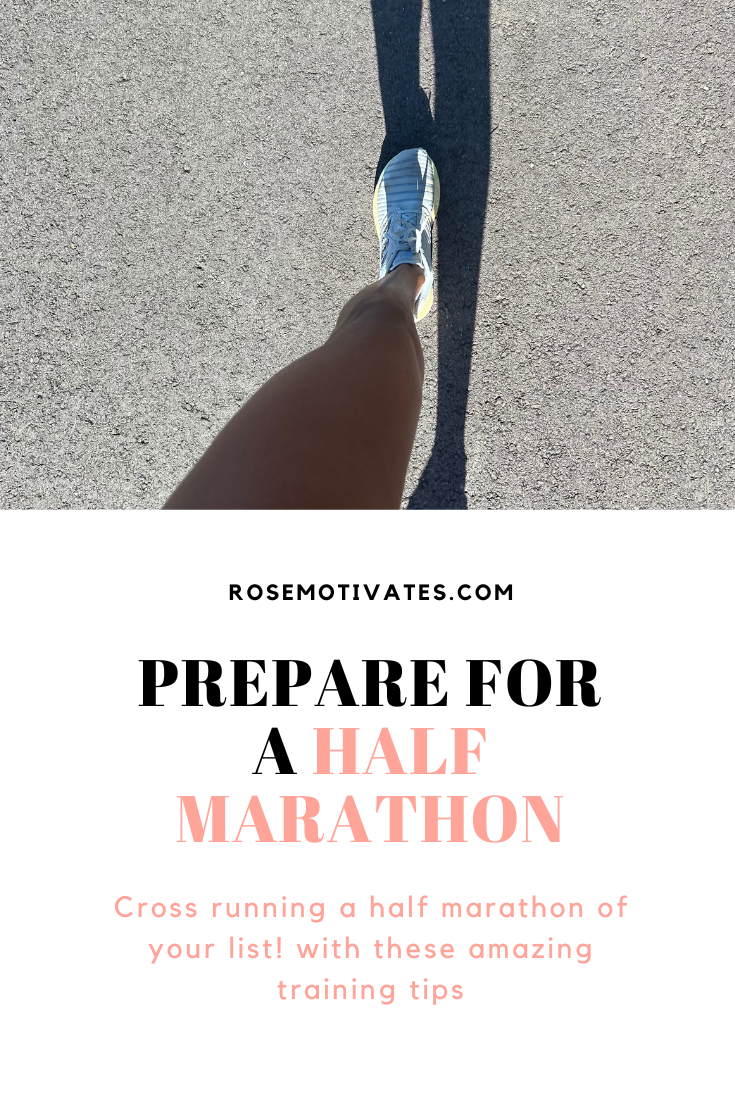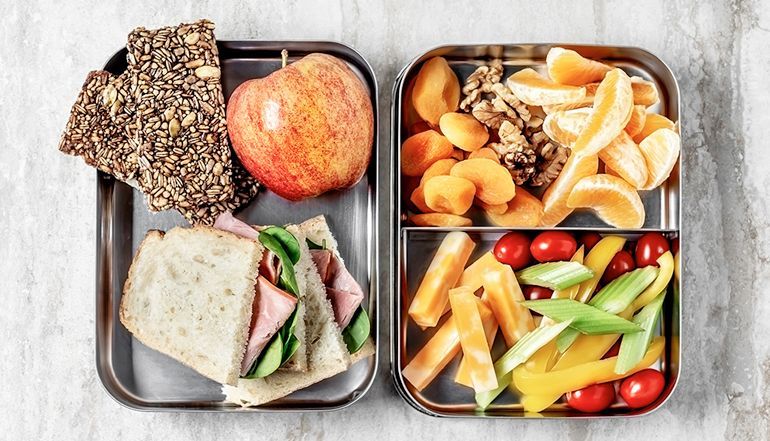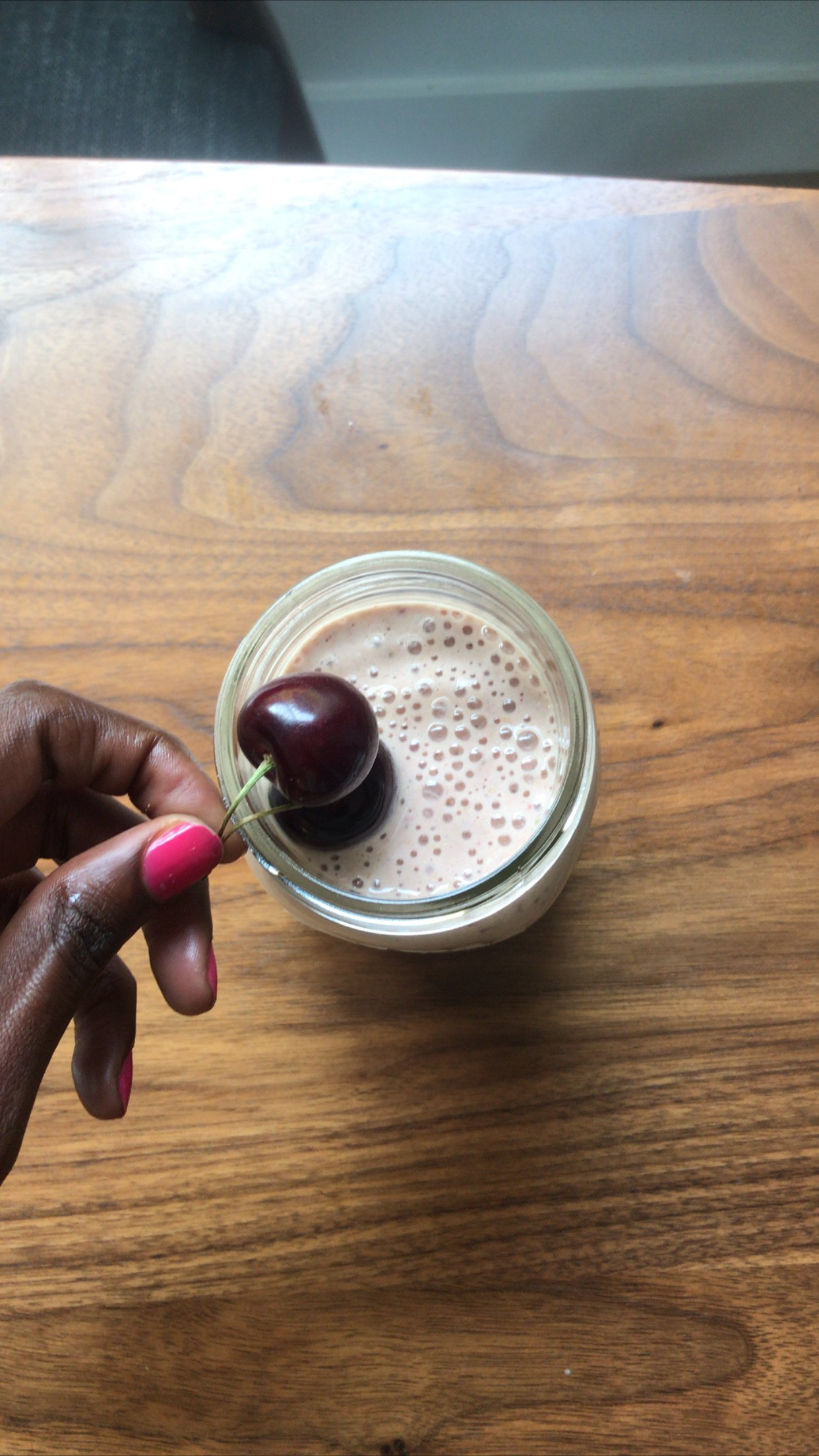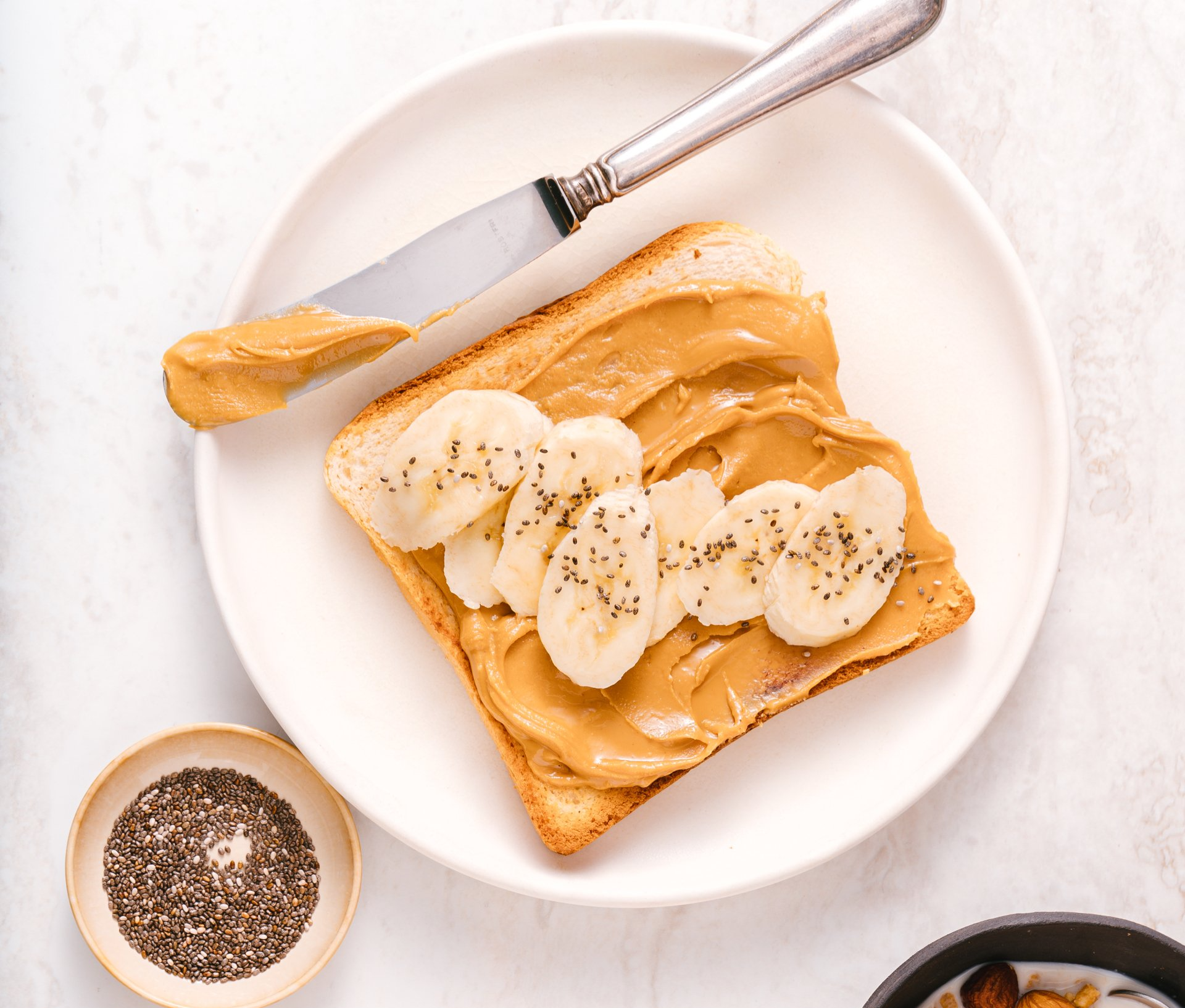Best Half Marathon Training: Tips and Tricks for a Successful Race
If you're considering running a half marathon, you're in for a challenging but rewarding experience. This year, I want to cross running a half marathon of my list! This would be a huge accomplishment as I use to HATE running. I fell in love with running as I advanced in my running journey. However, preparing for a half marathon requires careful planning and dedication. In this article, we'll provide you with tips and tricks to help you prepare for a half marathon and cross the finish line feeling strong and accomplished.

Congratulations on deciding to participate in a half marathon race. Running is a great exercise that benefits your cardiovascular fitness, mental alertness, and overall health. This is a sport that women can train for almost anywhere. To prepare for a half marathon, give yourself eight to twelve weeks and consult with your doctor or trainer before starting a new training routine.
Half Marathon training Basics
How many miles is a half marathon?
The half-marathon (13.1 miles or 21.1 km) is a particularly popular distance since it represents a significant improvement over 10k races but does not require as much preparation as a full marathon.
How long is a half marathon?
A half marathon is 13.1 miles in length, or 21 kilometers. By athletic standards, it is a lengthy race since it is between a 10K (6.2 miles) and a marathon (26.2 miles or 42K). Running at an average pace of 10 minutes per mile, the average runner may expect to finish a half marathon in between two and three hours. The following training tips and program are adapted for first timers wanting to make it a goal to complete the half marathon in this time range! Let's get it!
Half Marathon Training Plan & Schedule
Include running in your routine about three to four days per week, which should consist of
- one to two moderately paced long run ( jog days from 8 to 11 miles)
- one race-paced shorter run, one long run (30 to 1h30 min runs)
- 2 strenght training workouts
Allow two days per week for rest and recovery with one day for resistance training. It is essential to spread out these recovery days to give enough rest between each training session. I would say to be flexible with yourself, the most important thing is to run often!

Where to start: Your starting mileage will depend on your current fitness level. If you haven’t been doing any aerobic exercise, you may start with only one mile at a time (or less) during each training session for the first week or two.
How to progress: Whatever your starting mileage, the key is to progress slowly to help avoid injury. To allow for appropriate progression, don’t increase your running volume more than 10 percent from week to week. For example, if your total mileage during a week of training is 10 miles, the following week should not be more than 11 miles.
Note that training up to the full half marathon race distance is helpful, however, you may still be able to complete the event if you have trained up to at least 10 miles at least twice during your training plan.
For some first timers, it is helpful to train up and beyond the race distance, to allow for increased confidence going into the event day. I personally did not feel this need, I am excited to push and give it all I got on the day of the event!
Half marathon training and rest
Strength training is essential for enhancing running form and efficiency as well as stabilizing joints that will be subjected to the repetitive impacts of running. Throughout the course of your training program, perform your resistance-training session at least once, if not twice, every week. Before to starting a challenging run, make sure to give yourself enough time to recuperate after each resistance training.
Changing up your aerobic exercise will help you avoid overuse injuries and runner's burnout. Cross-country skiing, riding, and swimming are all terrific possibilities for these workouts; get original and have fun with them and try to vary them from week to week.
The most crucial component of your workout regimen is sleep, by far. After your workouts, your muscles rebuild during this time to improve your performance. By creating a regular sleep pattern and shutting off devices at a certain time in the evening, aim for seven to eight hours of sleep each night.
Strenght workout for half marathon
Alright to run your best for your half marathon, you will need muscle that support a long effort. Training their endurance with a good full body strenght training workout targeting the large muscle groups may help. The routine that follows is meant to be a guide, and you may look for additional exercises for variation as you train. Consult your doctor or trainer if you have any concerns about your ability to carry out the exercises correctly and safely.
✔️Set of light, medium and heavy dumbells, a mat and a water bottle.
✔️ 5 minutes warm up and 5 minute stretch included
⏱Rest between movements : 0 to 10 sec
📄Rounds : 3 to 5 rounds of supersets of 2 to 3 movements (30 sec per movement)
✋🏽Rest between rounds : 30-sec MAX
Best half marathon gear
Running clothes:
Top: I love a comfy long sleeved running top (I hate being cold), here are some of my favorite pics in Amazon. I also recommend having a great sport bra that supports your breast for a long period of movement including jumping. For the bottoms, I love running shorts or tights. I like to run with my legs free. I believe it will serve as my half marathon attire. How do you feel? My bottoms are the Zoey Capri, and the top is the Aventura Tank. The leggings' mesh feature is very lovely, and I love it!
Running shoes:
Even though it seems obvious, Isaac failed to bring his running shoes with us when we completed our first half marathon. Let's just say that his footwear wasn't quite up to par with what he was accustomed to wearing. As a result of how frequently I run and how active I am, I usually purchase a new pair of sneakers every year. You should aim to replace your shoes around every 500 miles and try to keep to that schedule as much as you can, according to what I've heard.
So… Due to my extremely flat feet, I require shoes designed for overpronating runners. I've purchased the Asics GEL-Venture 5 for the previous two years, but this year I wanted to switch things up.
I personally love Adidas running shoes because of the Boost sole, but this year I made the decision to switch things up a bit, I decided to try the Hoka's and wow, they are the comfiest running shoes I ever had, I absolutely like them! Compared to my Adidas, they offer greater ankle support, and I can definitely feel a big difference in how my feet land when I run. I am striking at a more neutral angle.
I advise you to complete this test to find out your running style and the ideal shoes for you!
Running belt:
Depending on what you're searching for, they come in a variety of sizes. My phone (and its enormous case), vehicle keys, change, and even a tissue for runny noses fit easily in the huge belt I have. It's incredible how much you can fit within and how comfortable it is to wear. Because I've discovered that the pocket stays in the optimum position on my back when I run, I like to wear it that way.
Running hat:
I love a cute running hat as it is important to protect the head from sun rays! I love a light colored running hat, plus it adds style to the whole look.
Listen to Your Body
It's important to listen to your body during half marathon training and adjust your training plan as needed. If you're feeling overly fatigued, sore, or have any pain or discomfort, take a break and rest. Ignoring signs of injury can lead to more serious issues down the line and may even prevent you from completing the race.
Get Plenty of Rest
Getting enough rest is crucial for recovery and optimal performance during half marathon training. Make sure to get at least 7-8 hours of sleep per night and take rest days as scheduled in your training plan. This will give your body the time it needs to recover and repair, which is essential for avoiding injury and reaching your goals.
Find a Support System
Half marathon training can be tough, but having a support system can make all the difference. Join a local running group or find a running buddy who can hold you accountable and provide motivation and encouragement along the way. You can also connect with other runners online through social media or running forums.
Conclusion
Looking to maximize your marathon training shape with including a nutrition training? Then give a chance get the Healthy Eating Guide! Adopting healthier nutrition habits is beneficial for fueling and recovery for your body to adapt to the half marathon training, why not look great as well? Let's do our best!
Your moment to speak is now! Comment below with your response to one of the following:
What is your running starting pack?
What are you the most excited/ scared about for your first marathon? ;)





